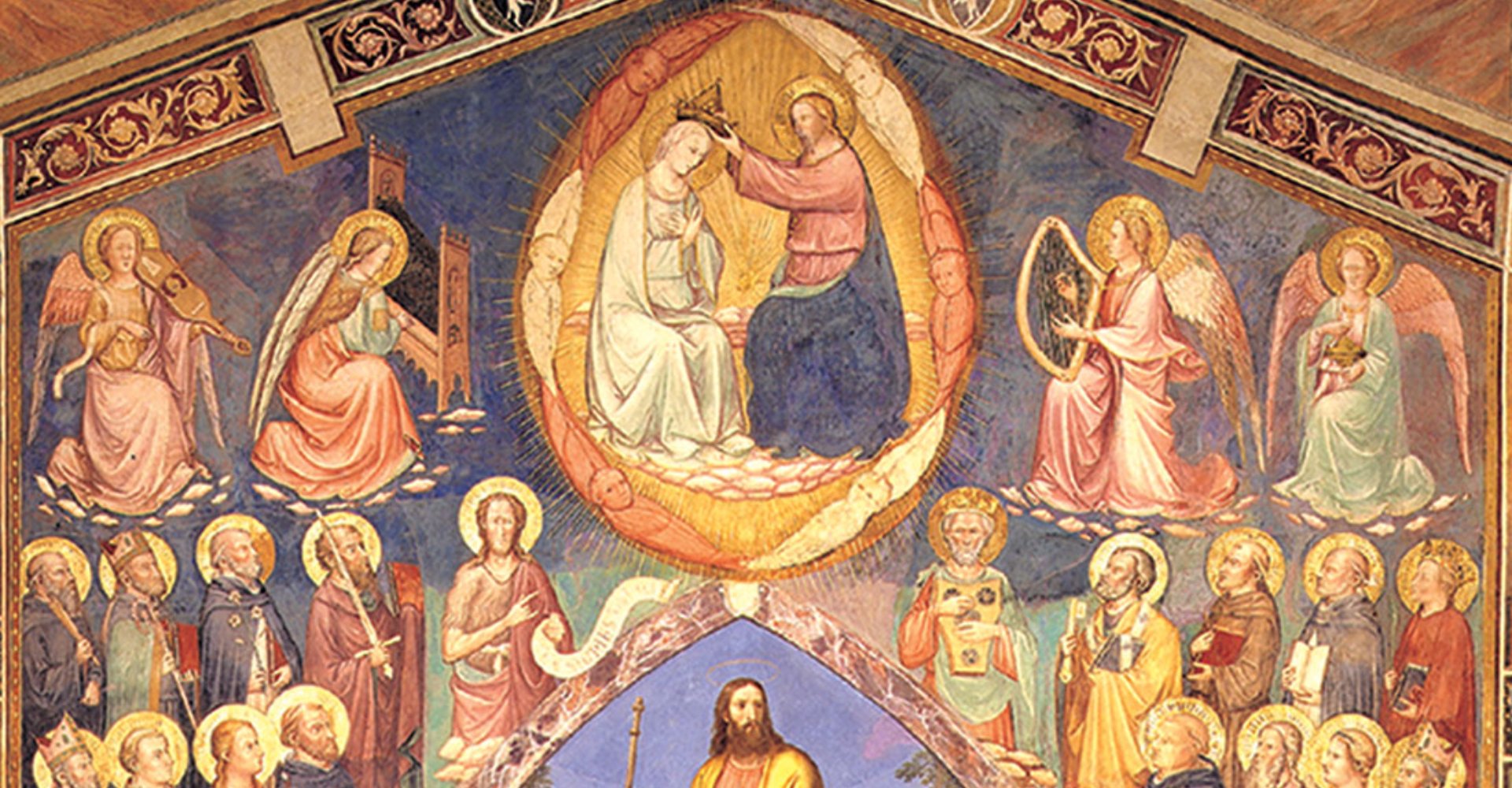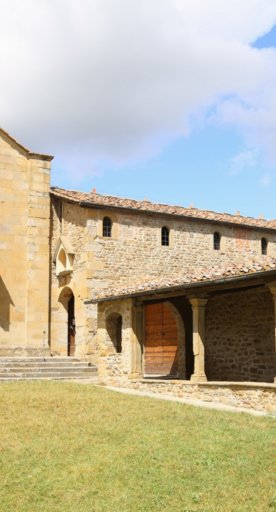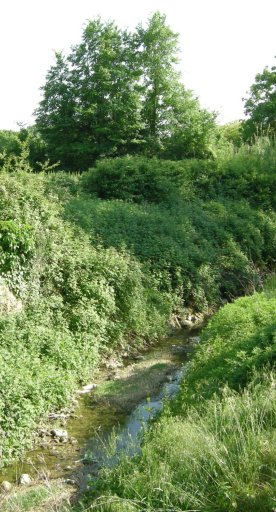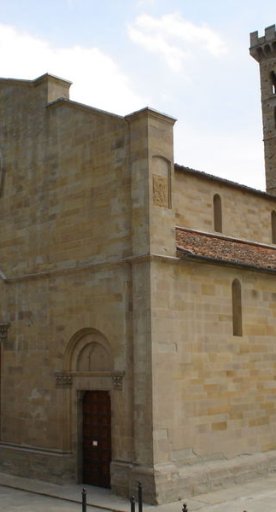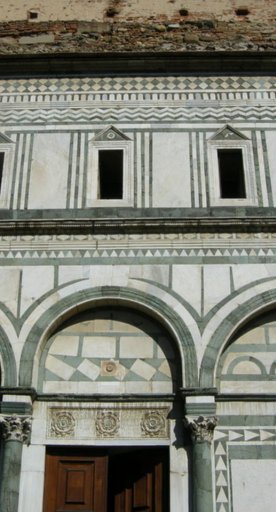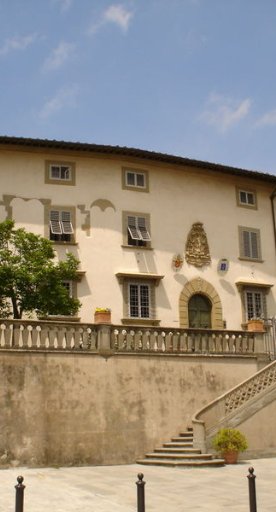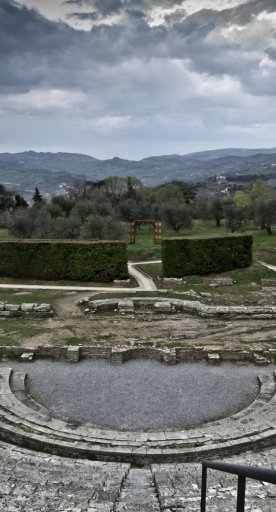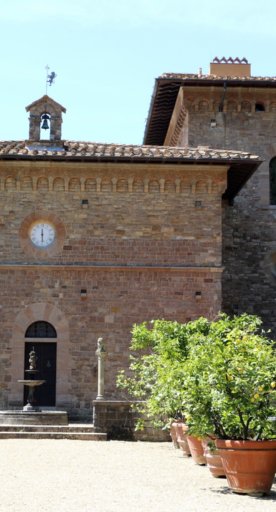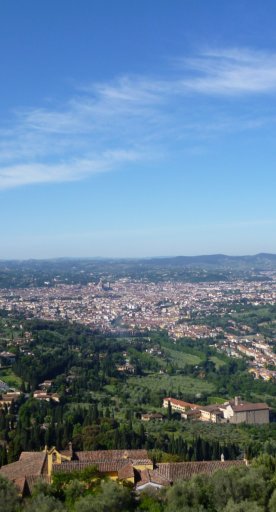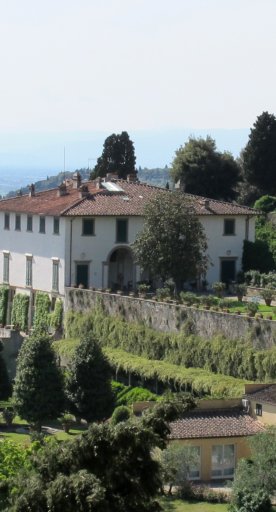The Chapel of San Jacopo in Fiesole
A collection of paintings, crucifixes and liturgical artworks in gold
The earliest construction of San Jacopo’s Chapel, once the oratory of the Episcopal Palace, took place under the bishopric of Jacopo Bavaro (1027-1039), but its current form dates back to the fourteenth century. Around the year 1440 Bicci di Lorenzo painted it with frescoes depicting the Coronation of the Virgin Mary. Renovated over the following centuries, it has been restored in order to house a rich collection of art.
The little museum is the ancient oratory of the Episcopal Palace, almost a thousand years old. Reworked many times over the centuries, it is now completely open to the public. Apart from Bicci Lorenzo’s great fresco of The Coronation of the Virgin with the saints and angels, it is also home to a glittering collection of ecclesiastical metalwork which belongs to the diocese of Fiesole, one of the largest and oldest dioceses in Italy.
The fifty-something exhibits originate from anywhere between the Middle Ages and the early 1900s, covering the most significant phases of sacred goldsmithing in the Florentine valley: late Gothic, Renaissance, Baroque and Neoclassical. Among them there are some masterpieces of indisputable artistic worth, especially the Ghibertian-style Mitre of Bishop Salutati (1460 approx.), also known as the Mitre of San Romolo after the bishop-martyr who is patron saint of Fiesole: even today the object is used in his annual celebrations. San Romolo also gives his name to a silver crosier from around 1570. There is a delicate, enamelled bronze goblet from the fifteenth century, and a processional cross by Girolamo di Martino Spigliati dated to 1568-69, the bottom of which, thanks to its Moorish motifs and patterns, makes it unique in the history of Tuscan metalwork.
